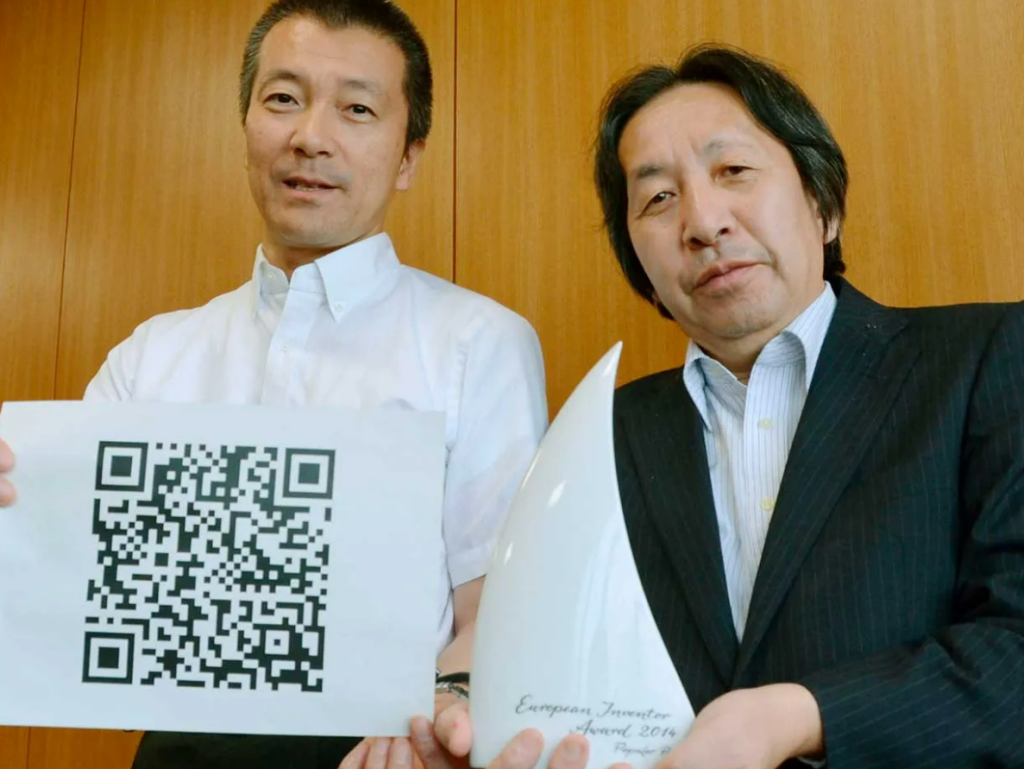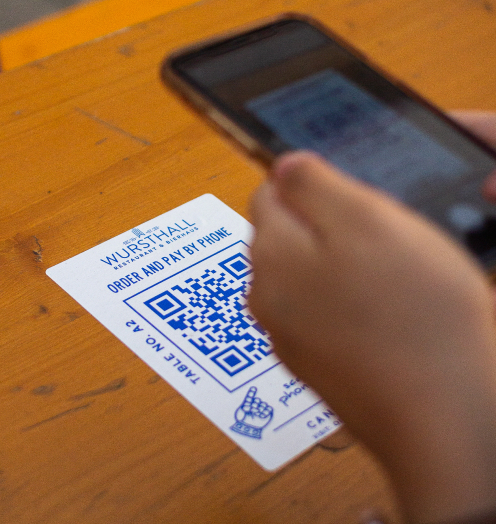What are QR Codes?
QR codes are fast becoming a popular and useful way to provide marketing and educational information. But what are they?
QR codes are similar to barcodes in that they hold data and are scannable. However, QR codes are square in shape and made up of a series of dots which store information in 2 directions (2D) rather than only 1 direction. QR Code scans can also be tracked giving businesses unique insights into their customer’s behavior.



The Development of QR Code
Created in 1994 by Denso Wave of Japan, QR codes rank amongst the most frequently used 2D codes. Initially, they were made to assist the tracking of parts in the manufacturing of vehicles. However, years of research with regard to QR codes have enhanced their capability and they can now be used for a wide variety of purposes. Although Denso Wave has a patent on QR codes, they have chosen not to enforce it, therefore QR codes can be used freely without any license.

QR is an acronym for Quick Response
QR codes can store up to approximately 4,000 characters, which can include a large amount of information. For this reason, companies are using these codes in their marketing campaigns. One of the reasons for their popularity is that customers can quickly and easily read QR codes on their smartphones. The QR code is read by using a QR code scanner to scan it through the phone’s camera and then to process the dots and display the encoded information. Though QR reader applications can easily be downloaded, most smartphones now have built-in scanning applications. QR codes’ unique capabilities and range of applications makes them an attractive addition to any marketing plan. As technology advances, so will the ways in which QR codes can be used.


